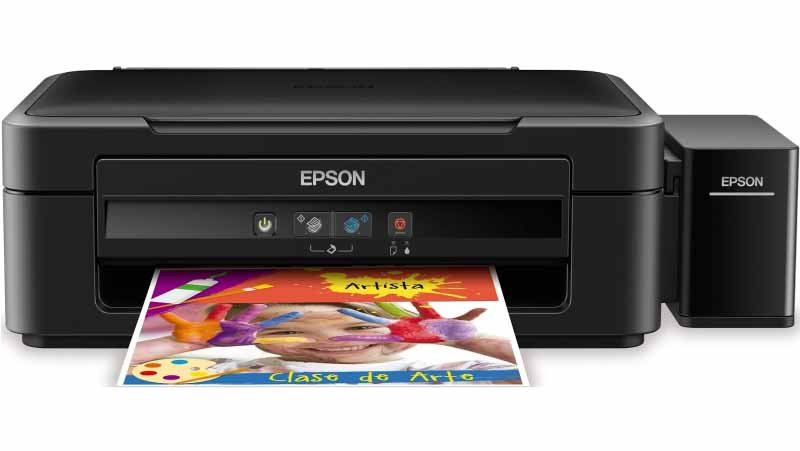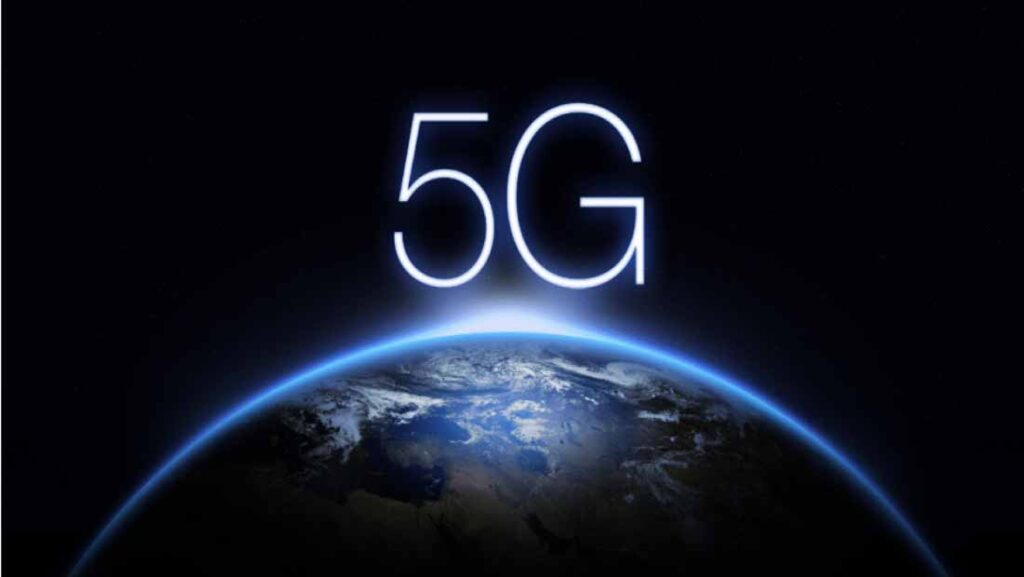Printers are devices used to print text and graphics on paper. There are many different types of printers available, each designed to meet specific needs. Some of the most common types of printers include:
Laser printers: use a laser to project an image of the page to be printed on a drum loaded with toner powder. The toner is transferred to the paper and fixed by heat. Laser printers are usually fast and produce high-quality prints, but they are more expensive to maintain than inkjet printers.
Inkjet printers: use ink cartridges to deposit ink droplets on paper. These printers are usually cheaper to buy than laser printers, but ink cartridges can be expensive to replace and prints are sometimes not as sharp as those of laser printers.
Dot matrix printers: use a set of needles to tap the paper and deposit ink dots to form the letters and graphics. These printers are fast and affordable, but the print quality is not as high as other printers.
Sublimation printers: use special inks that turn into gas when heated and are fixed to the paper by the action of heat. These printers are great for printing photos and producing high-quality prints, but they are more expensive to buy and use than other printers.
Features
Some of the most important features to consider when choosing a printer are:
Print speed: Print speed is measured in pages per minute (ppm). If you need to print large amounts of documents regularly, it’s important to choose a fast printer.
Print quality: Print quality refers to the clarity and accuracy of the prints your printer produces. Laser and sublimation printers typically produce high-quality prints, while inkjet and dot matrix printers often produce lower quality prints.
Cost: The cost of a printer includes the purchase price and maintenance costs, such as ink or toner cartridges and paper. If you need to print large amounts of documents, it’s important to choose a printer that has low-cost ink or toner cartridges or that allows the use of third-party ink or toner cartridges .
Connectivity: Many modern printers come with wireless connectivity, meaning you can print from mobile devices or computers without the need for cables. It’s also important to consider whether your printer has network connectivity, which allows you to share the printer with others.
Additional features: Some printers have additional features, such as scanner, copier, and fax, which can be convenient if you need these services in addition to printing.
Proceeds
There are many benefits of using a printer:
Time-saving: Instead of handwriting or going to a copy store, you can print your documents at home or at work.
Increased efficiency: Modern can produce large amounts of documents quickly and accurately, which can improve efficiency at work or at home.
Convenience: With a printer, you can print documents from your computer or mobile device without having to leave home.
Greater flexibility: Allow you to print documents on different paper sizes and types, giving you greater flexibility for different projects.
Greater professionalism: High-quality can produce professional-looking documents, which can improve the image of your company or business.
Increased communication: They allow you to easily share documents with others, which can improve communication and collaboration at work or at home.
Brands
Some of the best-known brands are:
HP (Hewlett-Packard)
Canon
Epson
Brother
Lexmark
Samsung
Dell
Ricoh
Xerox
Each brand has its own advantages and disadvantages, and it is important to compare different models and read reviews before making a decision.
Disadvantages
Some of the disadvantages of using a printer are:
Cost: They can be expensive to buy and maintain, especially if you need to print large amounts of documents. Ink or toner cartridges can be expensive to replace and paper can also be a significant expense.
Maintenance: They need regular maintenance, such as cleaning print heads and replacing parts. This can be a hassle and can be expensive if you have to take the printer to a technician for repairs.
Pollution: Some emit polluting gases during the printing process, which can be harmful to the environment.
Technical issues: Sometimes, they can have technical issues, such as paper jams or connectivity issues, that can be frustrating and difficult to fix.
Security: If you print sensitive documents, it’s important to make sure you properly destroy printed documents to prevent them from falling into the wrong hands. This can be an added hassle.


